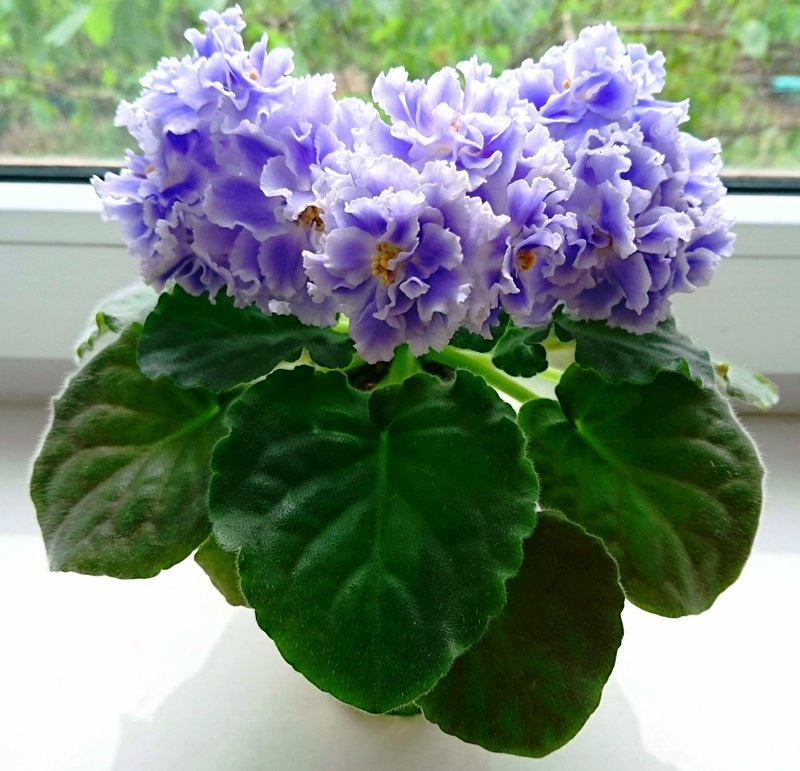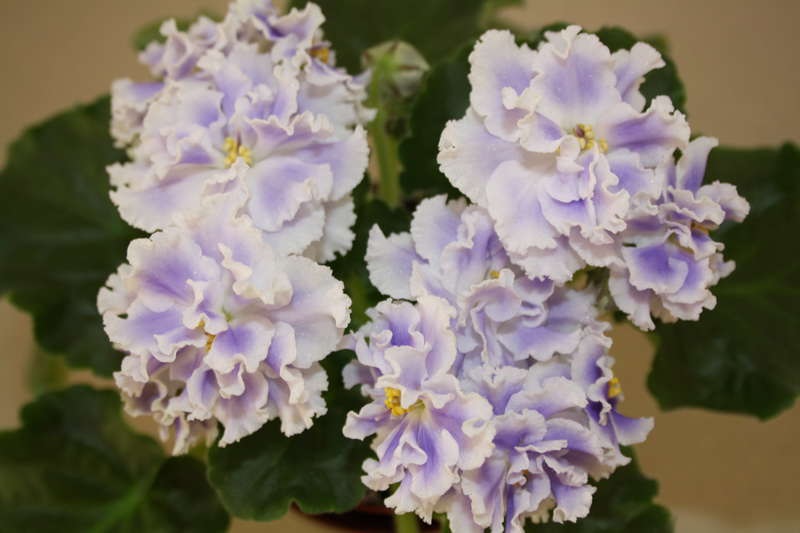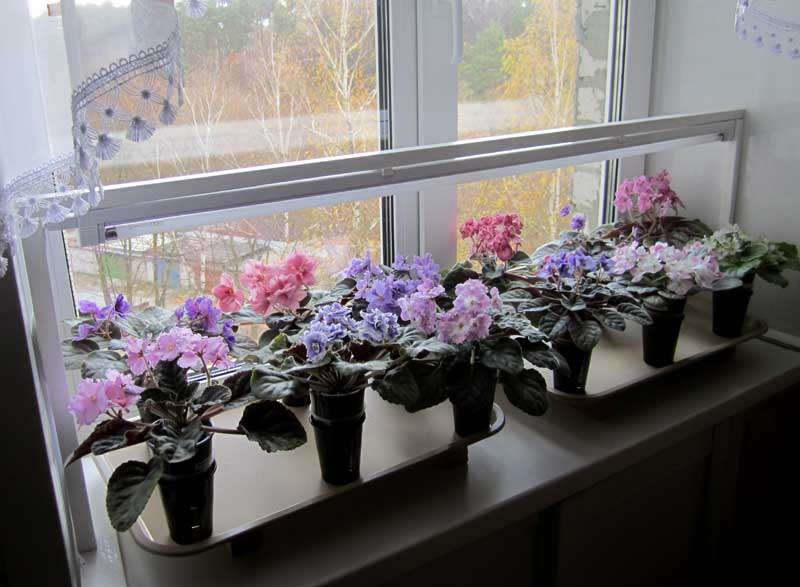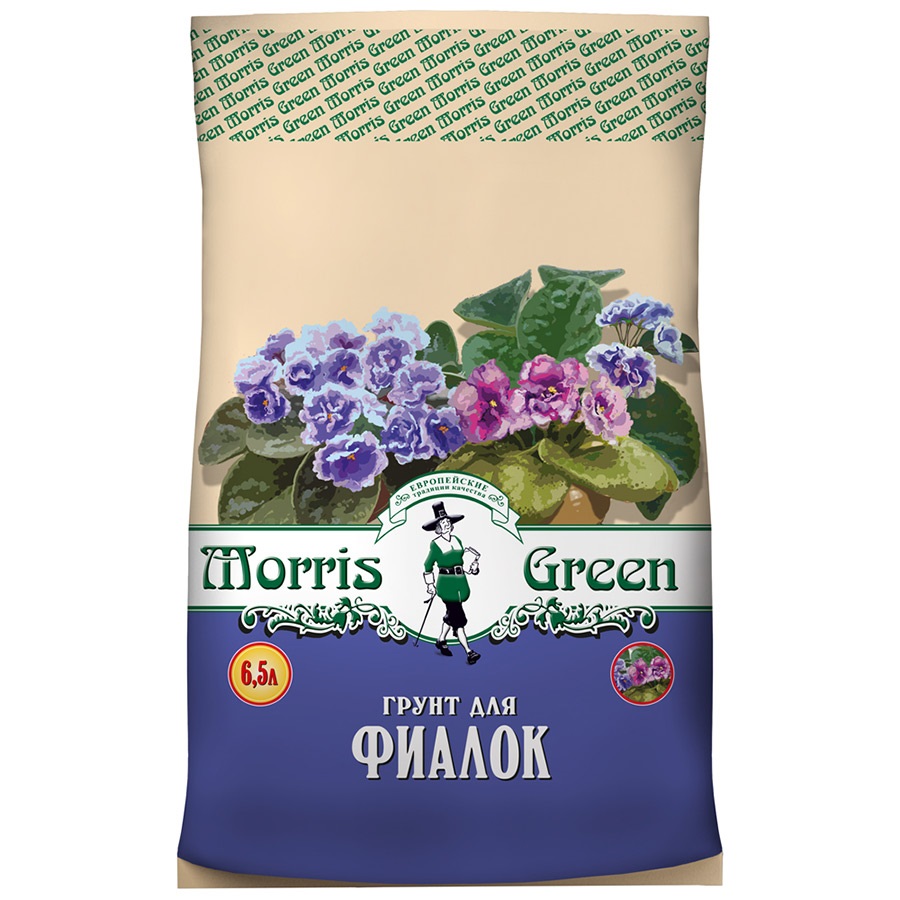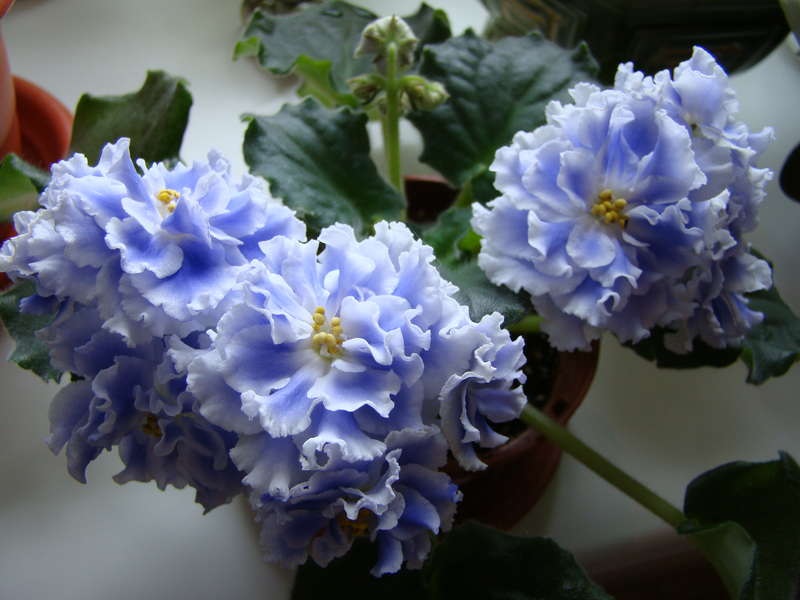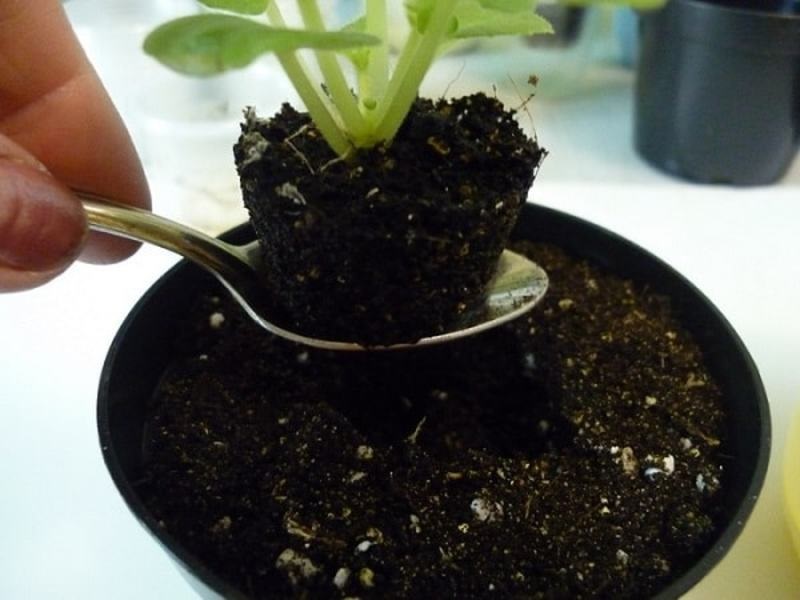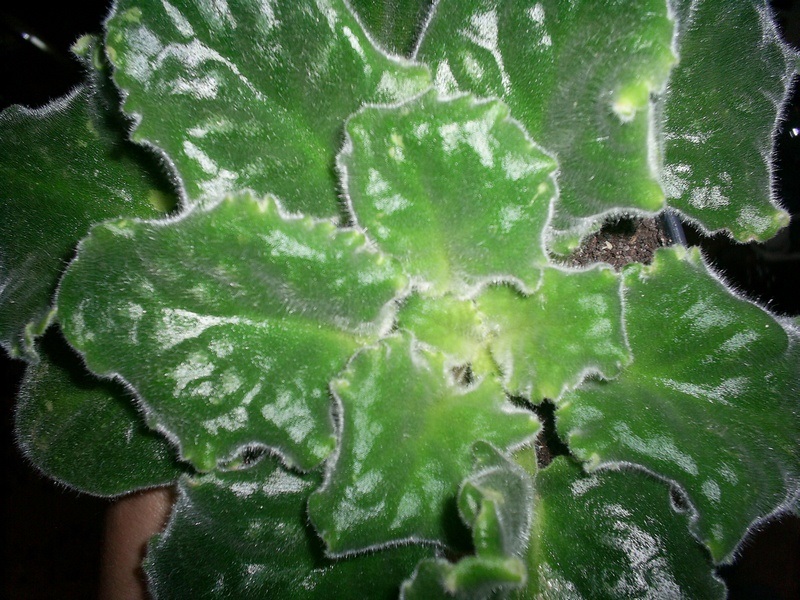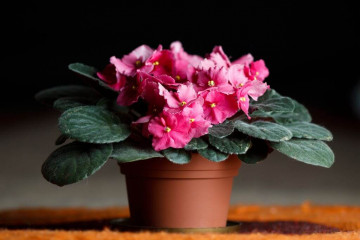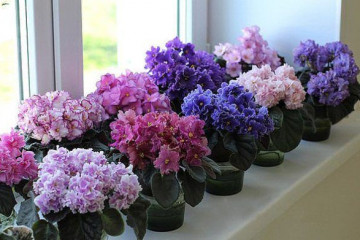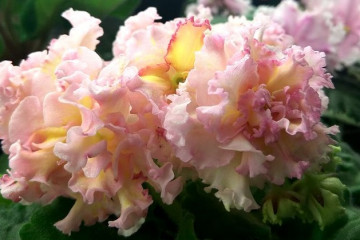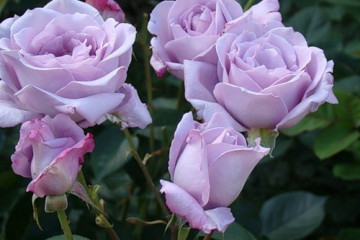Violet Blue Mist - description and characteristics of the variety
Content:
Violet is a decorative flower that is grown in an apartment. The Blue Fog Moreva variety is very popular with many flower growers due to its terry flowers of a pleasant sky shade, easy care and simple reproduction.
What does a violet blue mist look like
East Africa is considered to be the homeland of all violets. The flower belongs to the Saintpaulias from the Gesneriev class.
This variety appeared in 2001, it was bred by the breeder Konstantin Morev. It got its name for the delicate blue color of the leaves with a white edging. Often they say about such a flower - "the sky on the windowsill."
The leaves of the flower are velvety, oval. The shade of the outer part of the leaf can be either light green or dark. Veins are clearly visible on it. The plant is distinguished by large inflorescences of a heavenly shade. Along the edge of the flower, the wavy line is a shade lighter than the rest.
What violet seeds look like
To get the seeds of uzambara violets, to which this variety belongs, you need to take pollen from two flowers of the parents. Plants must be healthy and with characteristics suitable for the description. Pistils are pollinated with pollen. After four months, the seed pods will be completely dry. They can be collected and stored.
Features of caring for a violet Blue fog Moreva at home
The plant is unpretentious in care, but in order for it to grow well and not hurt, certain conditions of keeping must be observed.
Temperature
Violet does not tolerate low temperatures. The optimal parameters for it are 23-25 degrees. If the room is less than 8 degrees, then the flower may die. Drafts are also detrimental to growth.
Lighting
Violet loves bright light, but it must be diffused. Therefore, the flower pot should be placed away from the place where the direct rays of the sun fall.
The plant will feel best on a windowsill facing east. In winter, the flower needs additional lighting.
Watering
You need to water the plant only with settled water from a small watering can. It is important that no water gets on the inflorescence.
The procedure is carried out once a week. An excess of moisture can provoke root rot.
Spraying
The spraying procedure is recommended only in winter, when the plant suffers from dry air. The moisture level is significantly affected by heating.
During the rest of the year, you should not spray the violet, as water will accumulate on the leaves, causing further rotting.
Humidity
Too high a moisture level, above 70% will lead to the fact that the leaves of the plant begin to rot. But very dry air is harmful to violets. In such conditions, the leaves will become soft.The recommended optimum moisture content should be around 60%.
Priming
The soil for growing violets should be loose so that it absorbs moisture well. To achieve the correct soil consistency, it is recommended to take:
- one part of sand;
- five parts of peat;
- three pieces of soil.
Top dressing
Violet Blue Mist Morev is fed with liquid organic matter or drugs in the form of tablets. It is imperative to fertilize the plant during the flowering phase.
The regularity of feeding is once every two weeks during the spring and summer period.
When and how it blooms
With proper care, the violet can delight with its flowering 10 months a year. The rosette begins to grow as early as 11 months.
This is an amazing plant, the color shades of which depend on the temperature. If you want to get a delicate almost white inflorescence with a light blue color, the plant should be kept at a temperature no higher than 20 degrees. The warmer it is in the room, the darker the violet blooms.
The plant always blooms with a large cap. The sprouting of the buds is directed towards the center, they are kept on strong peduncles.
The Blue Mist variety is popular due to the fact that its bloom can be enjoyed for a long time. It happens in waves. Each bud lasts a long time.
Changes in care during flowering
If the violet blooms for a long time, it is necessary to improve the conditions for its maintenance. It is important to provide good lighting for at least 12 hours a day.
The soil needs to be additionally fertilized, since flowering reduces the plant's immunity.
Dried parts that have faded must be carefully removed.
What pollination may be needed for
In nature, the process of pollination occurs with the help of insects. But at home this is impossible, since the flower's pistil is very high. There is practically no chance that self-pollination will occur, and the pollen will fall on the stamen.
Home pollination technique
There are three ways you can pollinate a plant at home:
- entomophilia (similar to the action of insects);
- wind technique;
- technique of animals.
All methods are easy to use on your own.
Pollen application methods
Pollination of violets at home using the animal technique occurs by touching one flower to another.
To apply the "wind" method, you need to bend a sheet of paper at 90 degrees. Pollen is scattered along the fold lines, then blown off onto the stamens.
Pollination tools
The entomophilia technique will require any of the following tools:
- needle;
- cotton swab;
- soft brush;
- cotton swab.
Any of these tools can apply pollen to the plant's stamens.
How Saintpaulia Blue Mist reproduces
Flower reproduction is done in two ways:
- through the rooting of leaves;
- landing a daughter outlet.
The first method is most popular with flower growers. A healthy leaf from the second row of outlets is necessary for reproduction. The stalk is cut off and placed in a glass of water. The leaf is transplanted into the ground as soon as the roots of 1.5 cm appear.
The pot with a leaf must be covered with polyethylene to create a greenhouse environment. Babies are formed in a month. As soon as several pairs of leaves appear, the children are seated.
Transplant after purchase and during reproduction
Experienced gardeners recommend replanting the violet immediately after purchase. To do this, you need to prepare the correct soil. You can buy it at a flower shop or make your own from peat, sphagnum moss with perlite and leafy soil. For reproduction, leaves from the second or third row are taken as planting material, as well as not faded peduncles.
A plant transplant may be required in several cases:
- with active growth of the plant, to increase the size of the pot;
- in a planned manner to replace the soil - in this case, the procedure is carried out once a year.
Transplanting the plant is also necessary if it starts to hurt. It is necessary to remove the infected soil and dead parts of the flower.
Possible growing problems
Despite the fact that the flower is very unpretentious, if not provided with proper care, it can get sick, rot or dry out.
Leaf problems
Florists are often faced with changes in platinum leaf. It can start to rot and brown spots appear on the surface. The causes of leaf death are:
- lack or overabundance of lighting;
- improper watering;
- bad soil;
- lack of fertilizers.
Improper care leads to the fact that the plant's immunity is reduced. It becomes susceptible to diseases, a weak flower is most often attacked by pests. Leaves can go down, curl up.
Pests
The houseplant can be affected by pest attacks. The most common are:
- The spider mite is a very dangerous insect that multiplies quickly. Its appearance can be detected by a sticky bloom on the foliage.
- Whitefly is a parasite that appears due to low indoor humidity levels.
The plant stops growing completely if it is attacked by a mealybug. He sucks out the juice of the violet, leading to her complete death.
Pest control is necessary with systemic insecticides.
Diseases
The flower can get sick with a fungal pathology called powdery mildew. It manifests itself as a white bloom on the leaves. This is a dangerous disease that attacks the roots and then spreads to the leaves.
As soon as the lesion is noticeable, you must immediately remove it and process the soil with a solution of copper sulfate.
Signs of improper care
If there is not enough light for the flower, it is poured over or, conversely, overdried, the problems will be reflected on the leaves. They may have dark spots, hang from the pot, or curl.
If you do not take timely measures to improve the conditions of keeping the plant, it will completely die.
With proper care, the magnificent Blue Mist violet variety will delight you with delicate flowers of a heavenly hue all year round.
